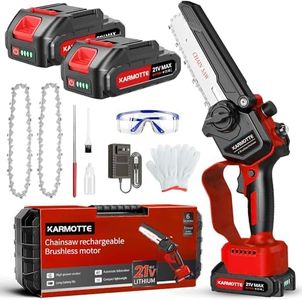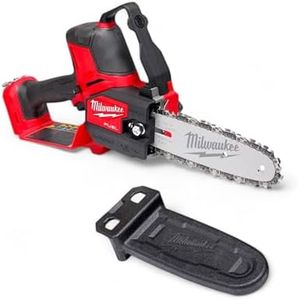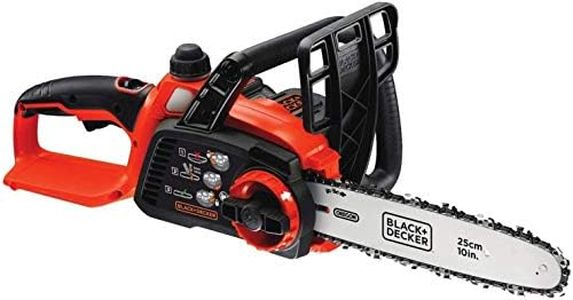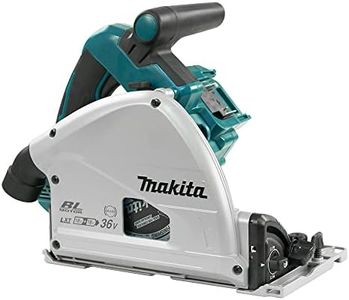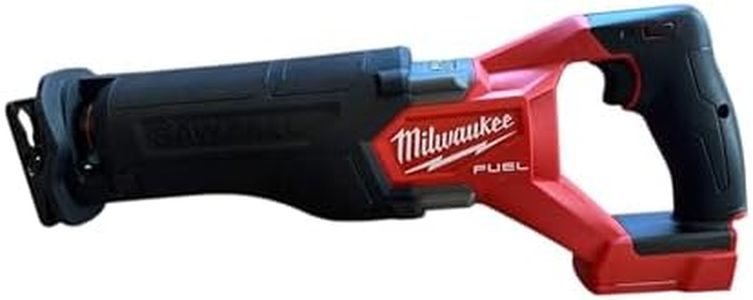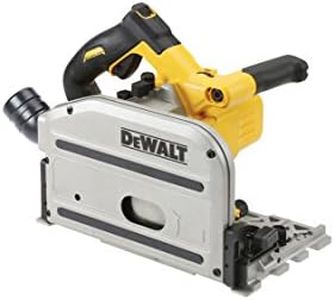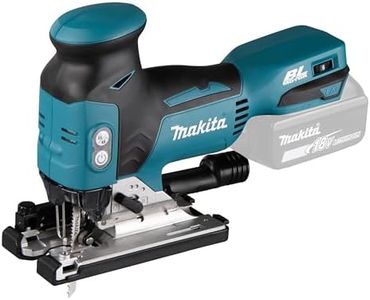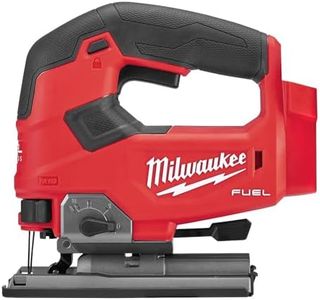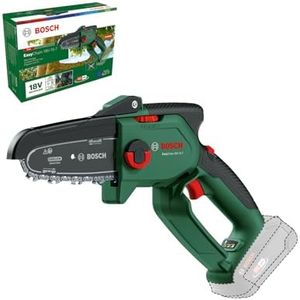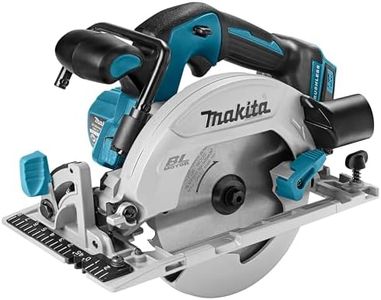We Use CookiesWe use cookies to enhance the security, performance,
functionality and for analytical and promotional activities. By continuing to browse this site you
are agreeing to our privacy policy
10 Best Cordless Saws
From leading brands and best sellers available on the web.Buying Guide for the Best Cordless Saws
Choosing a cordless saw is all about finding the right balance between power, portability, and the type of tasks you plan to do. Cordless saws are great because they offer freedom of movement and can be used anywhere without worrying about cords or power outlets. Before you make a choice, consider what kind of materials you'll be cutting most often and how frequently you'll use the saw. Understanding the main features and specs will help you pick a saw that works well for your projects and feels comfortable to use.Battery VoltageBattery voltage indicates the power the saw can deliver. Higher voltage usually means more cutting ability and performance, making it suitable for tough jobs and thicker materials. Values typically range from 12V to 60V. Saws with lower voltage (around 12V-18V) are lighter and more suited for light-duty tasks, such as small DIY projects or cutting thin materials, while saws with higher voltages (20V-60V) are better for professional or frequent users who will be cutting denser materials. Consider how demanding your projects will be—casual users can opt for lower voltage, while those cutting thick wood or working long hours should go higher.
Blade SizeBlade size determines how deep the saw can cut in a single pass. Common blade sizes range from 5½ inches to 7¼ inches. Smaller blades (5½ to 6 inches) are best for light trim work or smaller pieces, while a 7¼ inch blade can handle most standard lumber and offers greater depth for framing or tougher jobs. Your material thickness should guide your choice—go bigger if you often cut thick woods, but stick with smaller blades for better control and lighter work.
No-Load Speed (RPM)No-load speed, measured in revolutions per minute (RPM), reflects how fast the saw's blade spins without resistance. Higher RPM generally means smoother and faster cuts. Cordless saws usually range from 3,500 to 6,000 RPM. For rough cuts or thick materials, mid-range RPM is often enough, while fine, clean cuts in thinner materials might benefit from higher speeds. Decide based on whether you prioritize speed and finish or are fine with slower, rougher cuts.
WeightThe weight of the saw affects how easy it is to handle, especially for long periods or overhead work. Lighter saws are more comfortable and better suited for extended use or for those who need to move around a lot. Heavier saws provide more stability and can be easier to control on a workbench, but can cause fatigue if used unsupported. Think about your working style—choose a lighter saw for mobility and quick jobs, and a heavier one if you value stability and work mostly in one spot.
Battery Runtime and ChargingBattery runtime tells you how long the saw can operate on a full charge, while charging time is about how quickly you can get back to work after the battery drains. Long runtime and fast charging are important for big jobs or if you don't have spare batteries. Different battery capacities (measured in amp hours, Ah) influence this—higher Ah batteries last longer but add to the saw's weight. If you expect to work for extended periods without interruption, look for higher-capacity batteries, but for occasional or quick jobs, a standard battery is likely enough.
Safety FeaturesSafety features, such as electric brakes, blade guards, and trigger locks, help prevent accidents and injuries. An electric brake stops the blade quickly after you release the trigger, while blade guards protect your hands from accidental contact. If you’re newer to power tools or expect family members to use the saw, prioritize models with more robust safety features to ensure peace of mind while working.
Ergonomics and Handle DesignErgonomics describes how comfortable and easy the saw is to use, including the grip style, handle material, and overall design. Well-designed handles reduce hand fatigue and help you maintain better control. Some saws offer cushioned or adjustable handles which make them more pleasant to hold, especially during long sessions. If your hands tire easily or you plan on using the saw frequently, look for models with comfortable, user-friendly designs.
